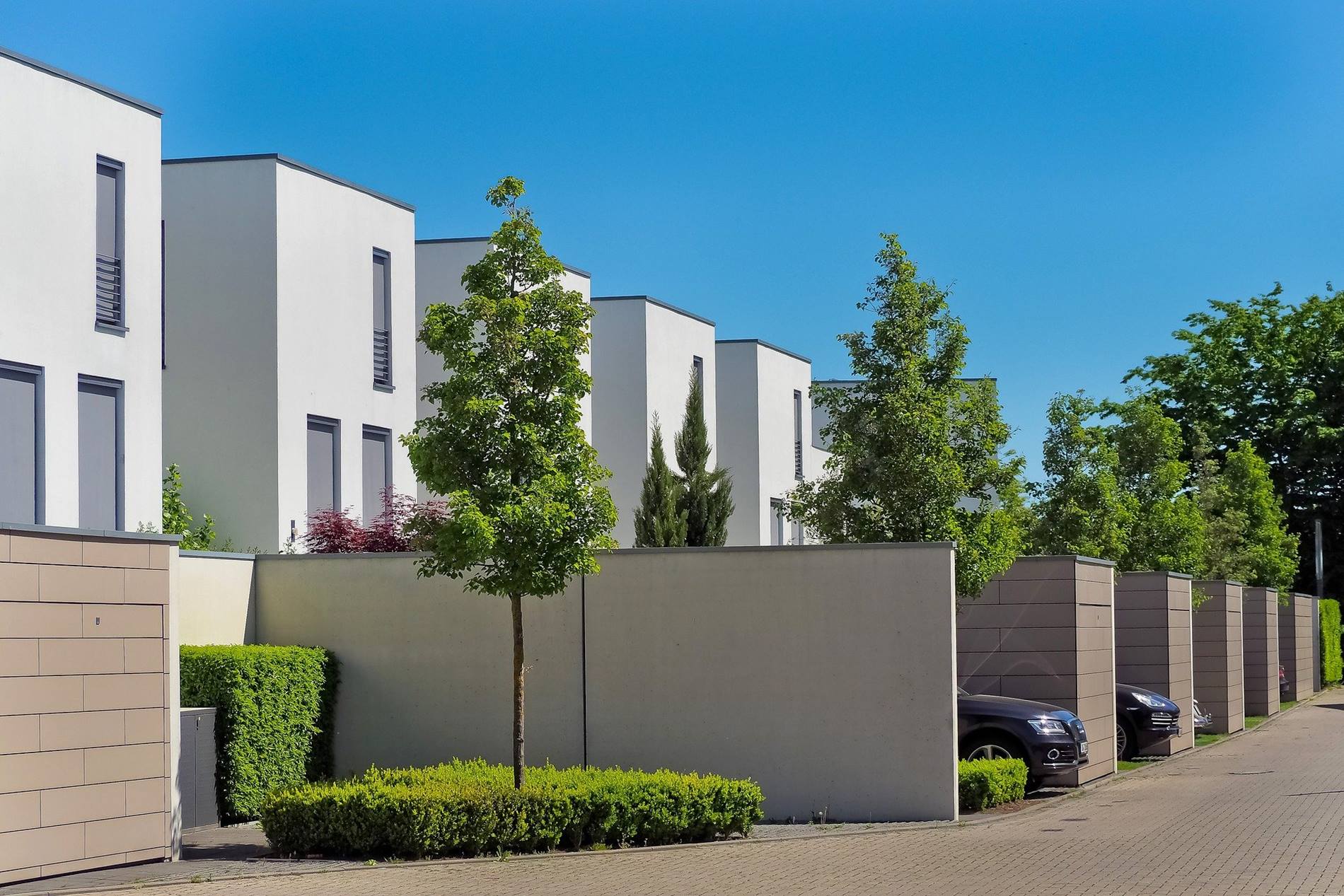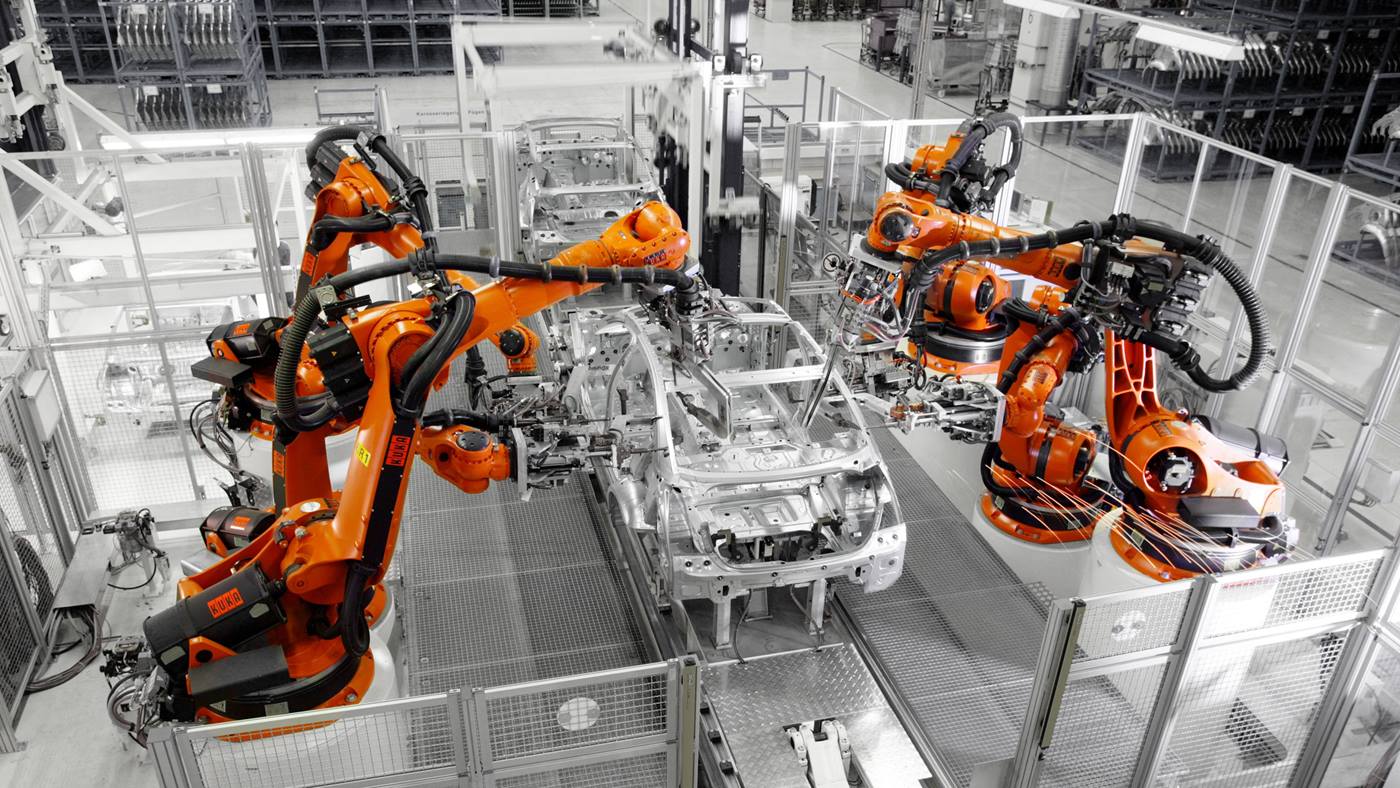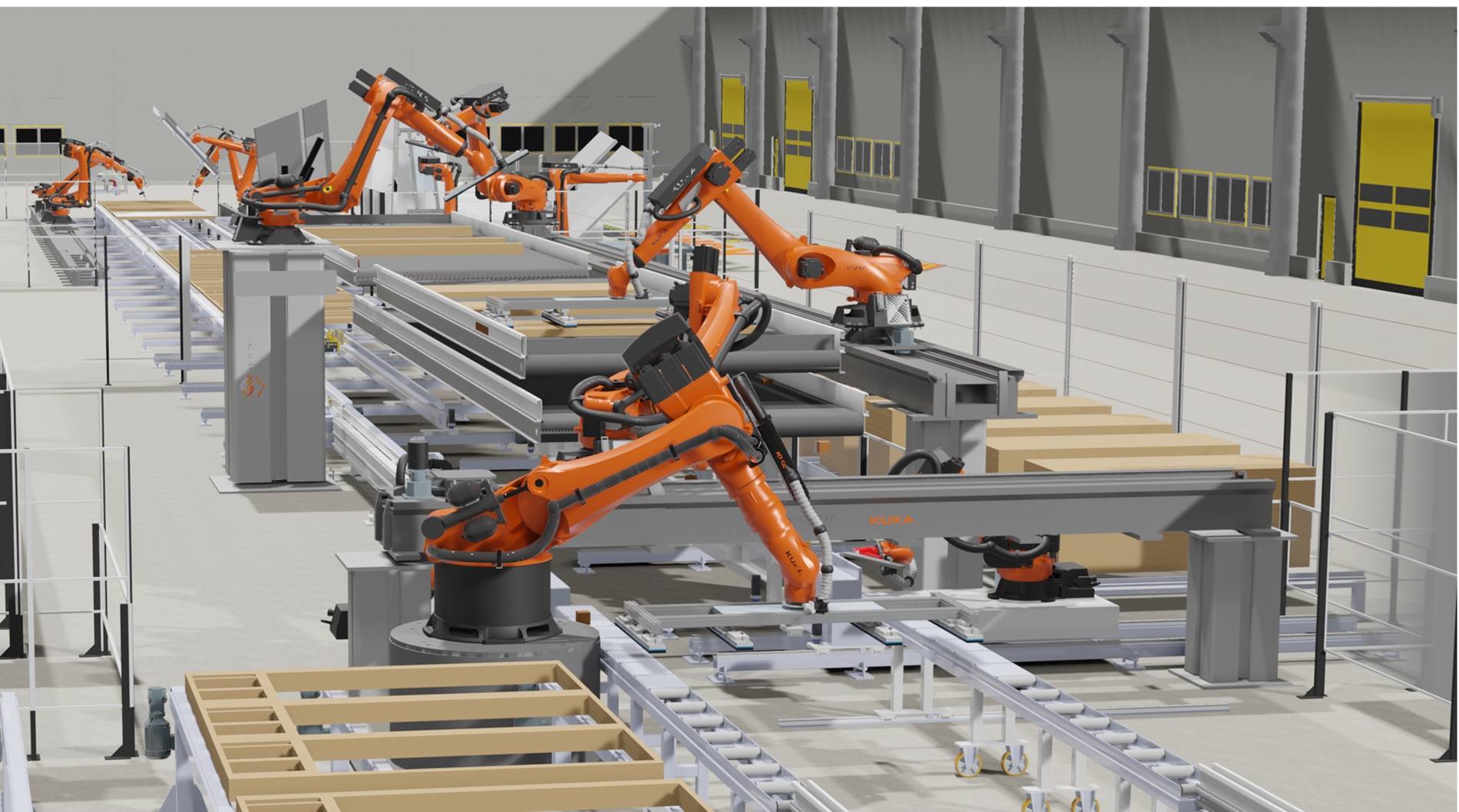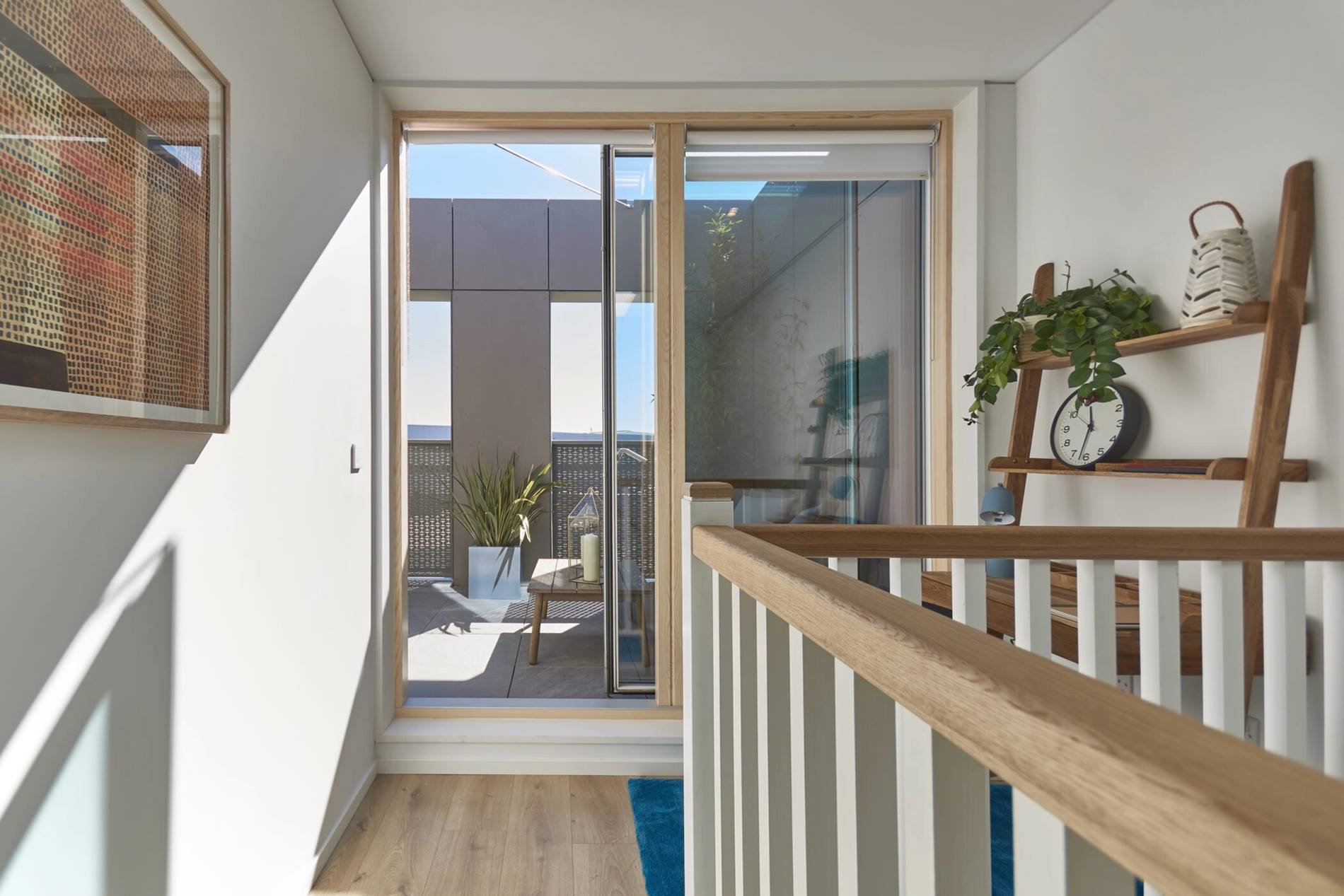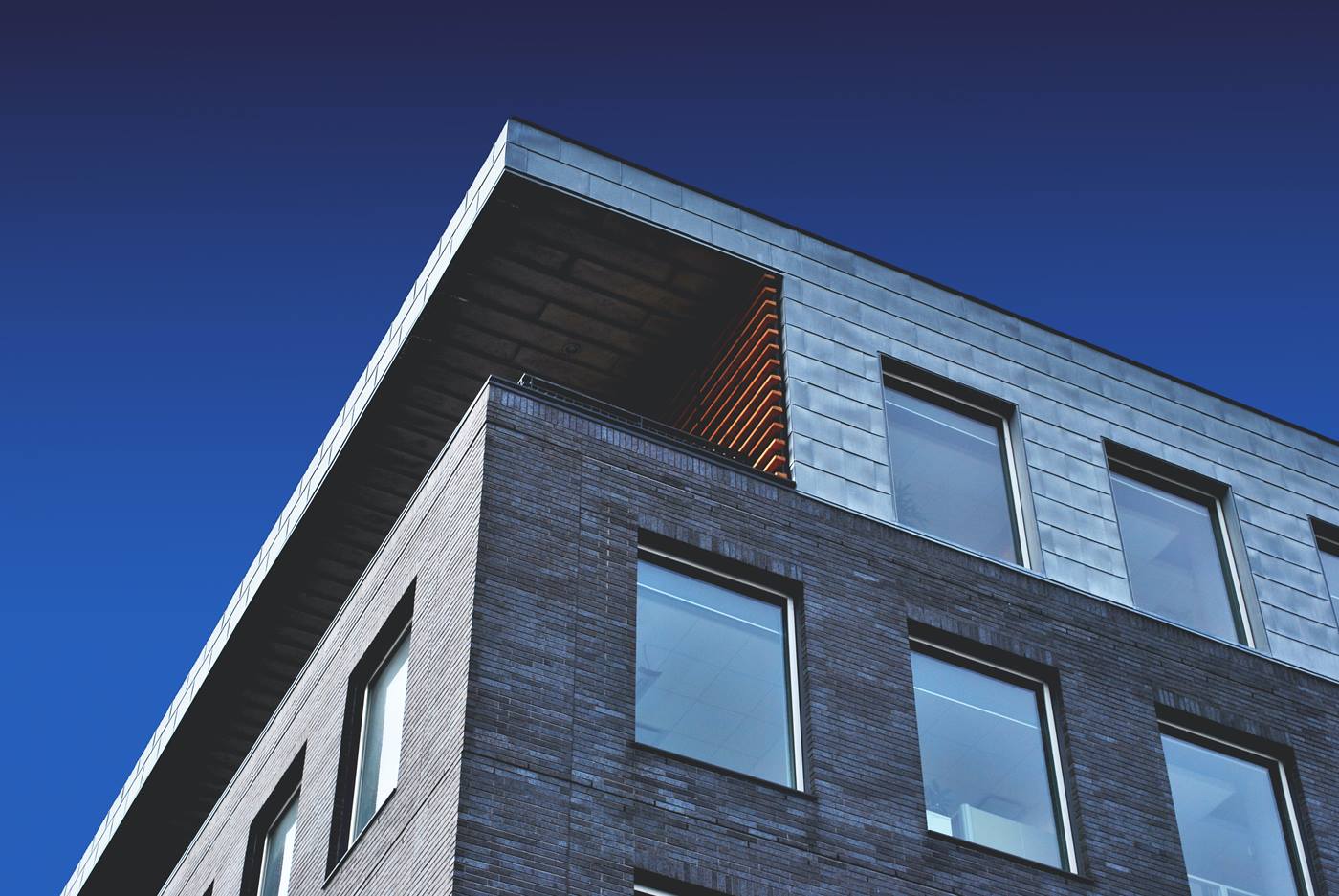Imagine a car being produced entirely by hand: every screw, every weld. How long would you have to wait for your new car? And how expensive would it be?
Automated modular house construction transfers know-how from the automotive industry to the brewing industry. And thus produces faster, cheaper, more innovative and more sustainable.
Why is automation so relevant to the construction industry?
Housing is scarce and expensive
Demand for housing is rising worldwide. UN-Habitat estimates that additional housing for three billion people will be needed by 2030 alone. To create this housing, 96,000 units would already have to be built every day.
At the same time, however, not more but less is being built. The reasons for this, apart from the shortage of skilled workers, are particularly supply bottlenecks and high energy costs. In addition, there is often simply not enough space for new buildings, especially in conurbations.
And then there is the productivity factor: The construction industry has some catching up to do compared to other industries. Many process steps are not yet digitized and automated.
As a result, housing prices are rising worldwide, and according to the International Monetary Fund, in most countries they are rising faster than incomes. Already in 2017, 90% of the 200 cities examined in a Lincoln Institute study were "unaffordable," with average housing costs three times the average wage. The trend continues; according to the OECD, one-third of the world's population is overburdened by their housing costs.
The pressure to build more cheaply and, above all, more quickly is therefore immense.
Automated modular home construction creates affordable housing
The automation potential in the construction industry is therefore huge - and offers enormous opportunities for society. To exploit it, parts of the construction site are being moved to the factory. Houses are built in an industrial production environment - which can reduce the overall construction time by around 40%, depending on the project. So that saves time. And money. Also through more efficient use of resources - which makes new construction more sustainable. Because the higher the level of automation, the more precise and efficient the results.
Housing becomes available more quickly, more affordable, and more sustainable.

